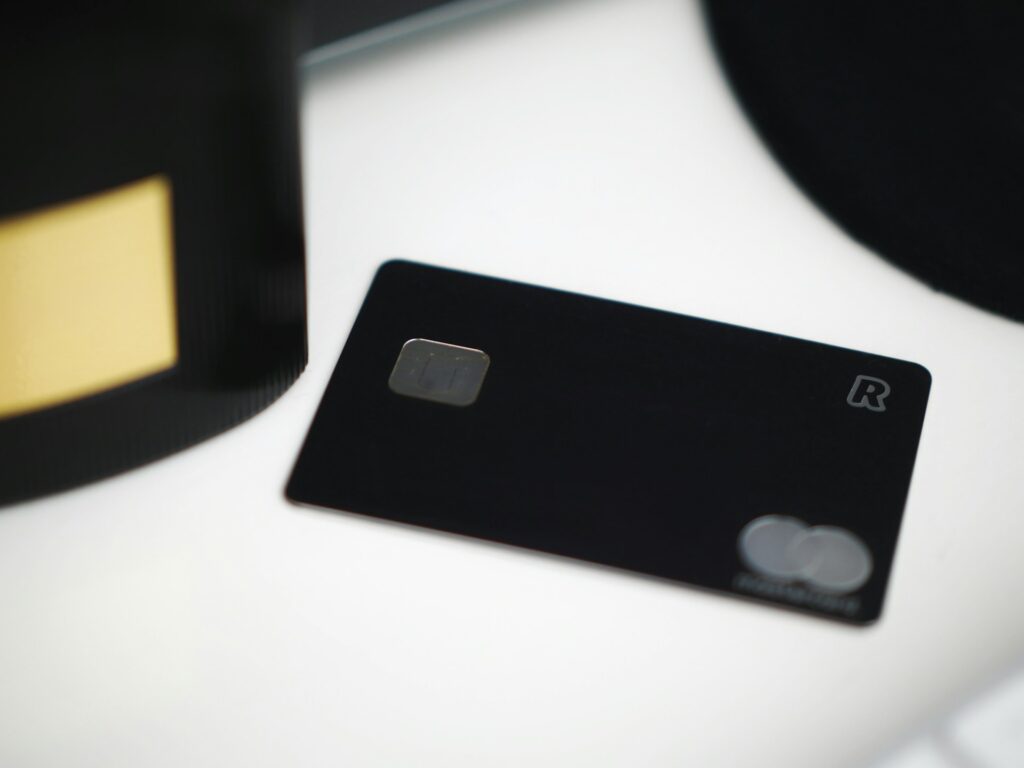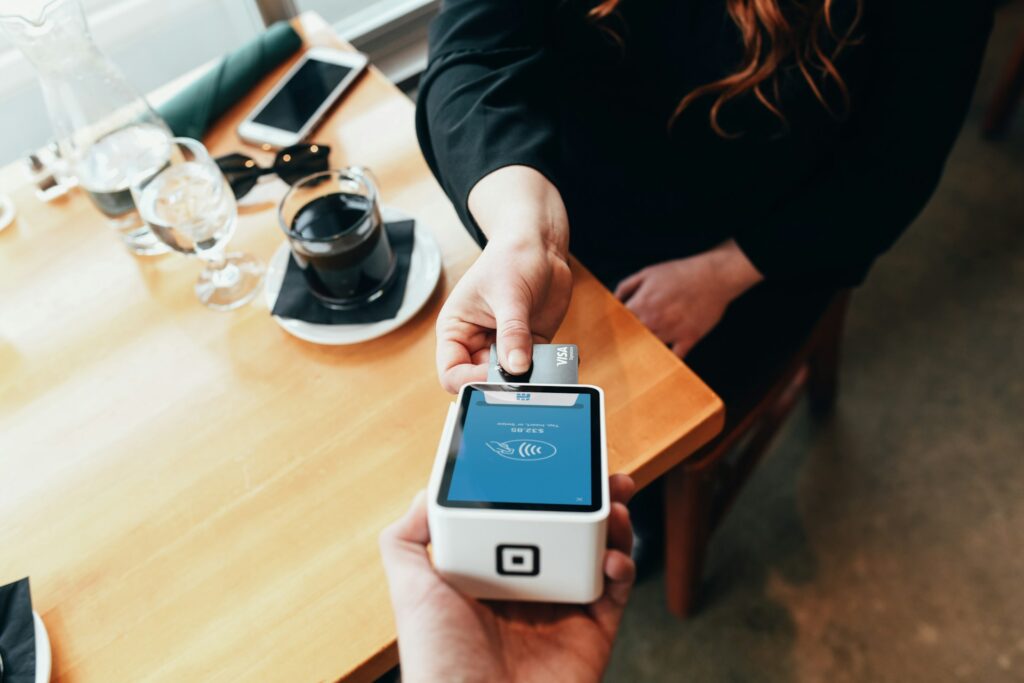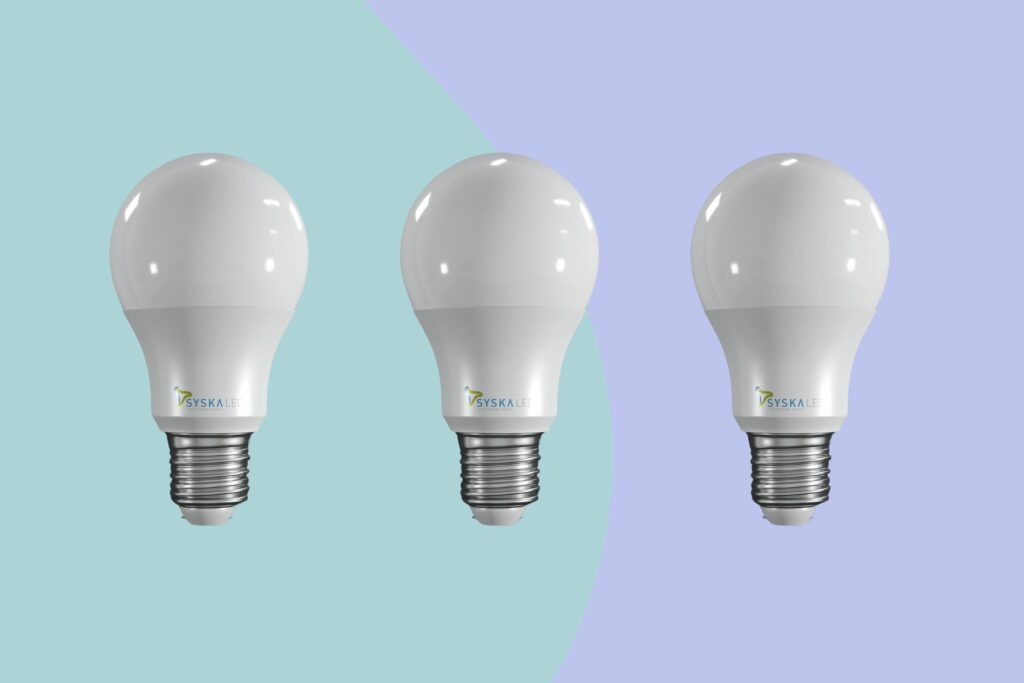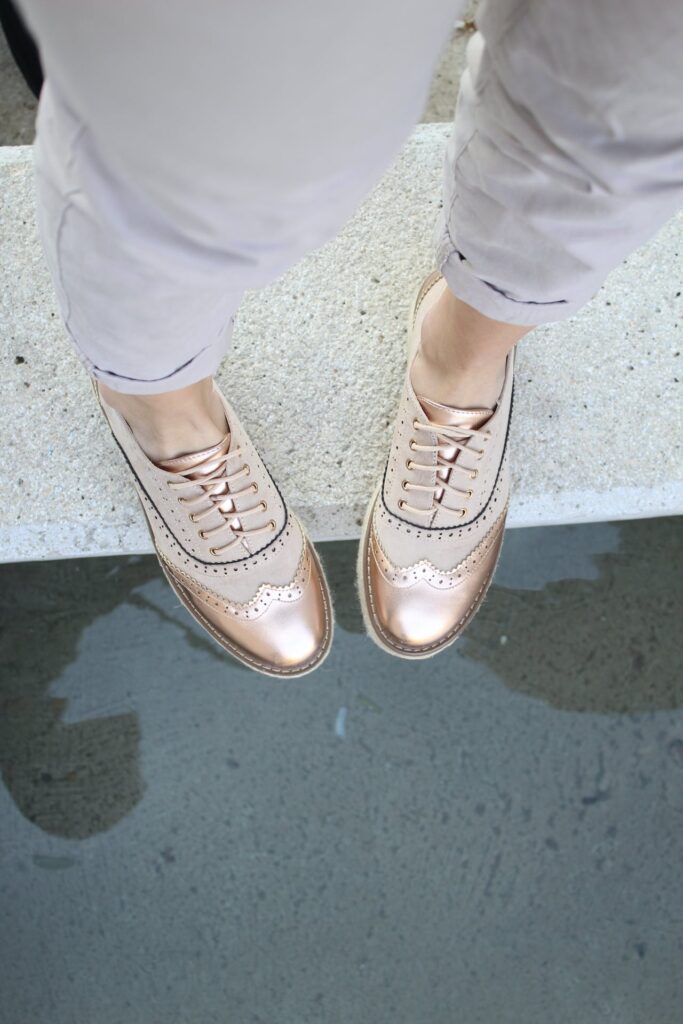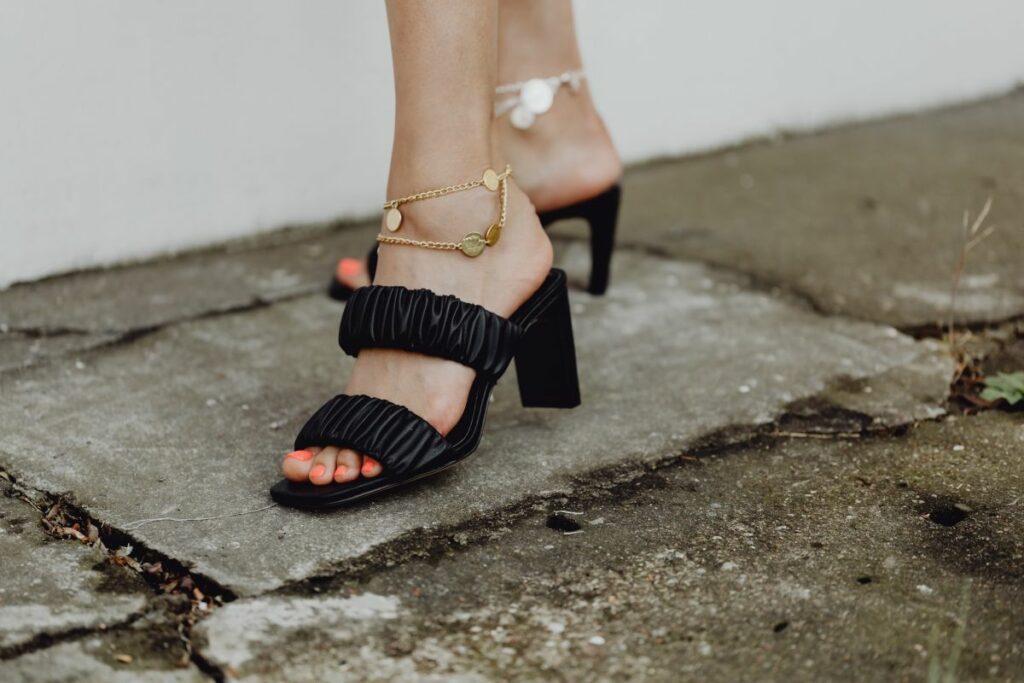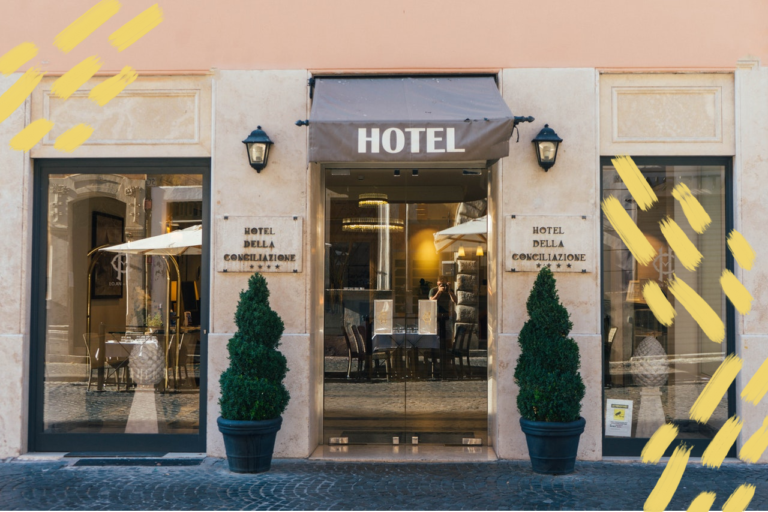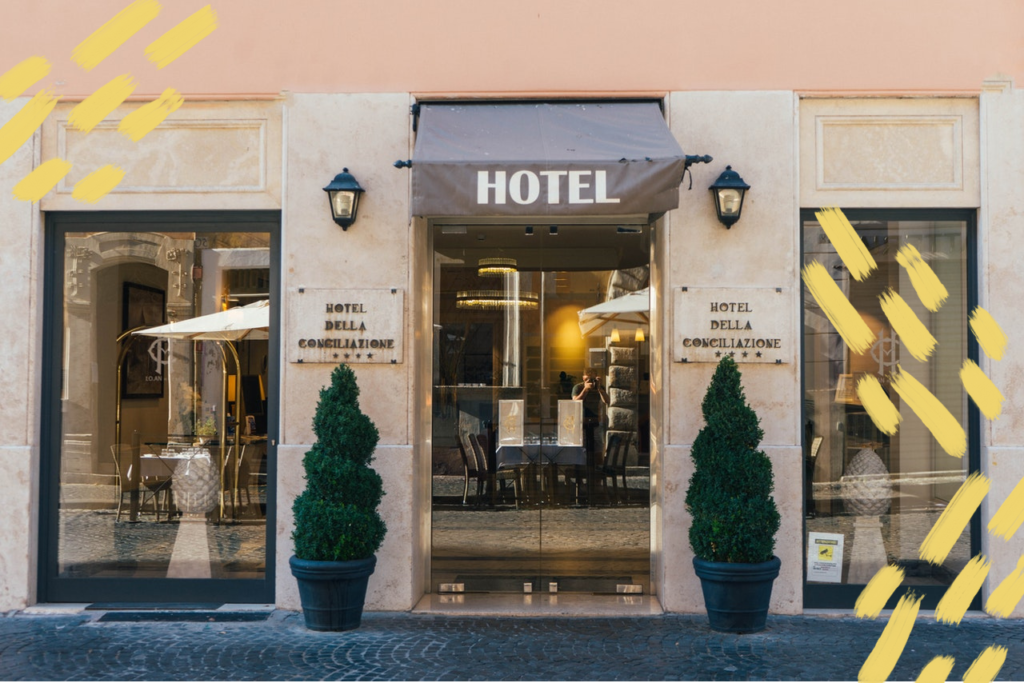You know what they say about the journey being just as important as the destination? Well, when you’re considering a predictably damp and drab hour’s trundle along the M6, perhaps that sentiment doesn’t hold up to the usual scrutiny.
That is the danger of the proposition when only the functionality of getting from A to B (or, in this case, Glasgow to Edinburgh) is driving you forward. But if you open up your minds and your schedule just a little, and treat the drive as something of an adventure, then you’ll quickly find there’s so much to discover on the road connecting Scotland’s two biggest cities.
The Scottish Knowledge, In Practice
With that in mind, and with help from local taxi drivers Caledonian Cabs, who bring their own version of The Knowledge to the table, here are 7 must-see attractions on your drive from Glasgow to Edinburgh.
Falkirk Wheel
Located about halfway between Glasgow and Edinburgh, the Falkirk Wheel stands as a testament to Scotland’s commitment to innovation. It’s not your ordinary boat lift; designed to link the Forth and Clyde Canal with the Union Canal, this rotating wonder lifts and lowers vessels gracefully, all while providing an unforgettable spectacle for onlookers.
Visitors have the opportunity to witness the Falkirk Wheel in action and even take a boat trip on the surrounding canals. The panoramic views from the top of the wheel are nothing short of breathtaking, offering a unique vantage point of the surrounding landscapes.
For those planning a visit, the Falkirk Wheel offers guided tours, educational experiences, and a visitor center where you can delve deeper into the history and mechanics of this engineering marvel. Be sure to check the opening hours and any special events to make the most of your visit.

Linlithgow Palace
Found via a 20 minute diversion off the M8 motorway (don’t worry, you can rejoin the M9 onwards to Edinburgh), the majestic ruins of Linlithgow Palace are a must-see attraction for history lovers of all ages.
It’s the birthplace of Mary, Queen of Scots, and has played a central role in the lives of the Stewart monarchs. The palace, although now in ruins, has a memorable regal aura, with towers and courtyards inviting all visitors to explore the very chambers where kings and queens once walked.
The architectural grandeur of Linlithgow Palace is unmatched. The intricate stonework, majestic gateways, and the iconic fountain in the courtyard are a story of craftsmanship from a bygone era. The palace offers an immersive experience for history enthusiasts and casual visitors alike, and the best part? You also get to enjoy the breathtaking views of Linlithgow Loch while you’re there.
For story lovers, guided tours are available to give you deeper insights into the history behind the ruins. You can check for any special events or exhibitions that may coincide with your visit but even if there are none, you’ll still have a great time visiting the palace.
Stirling Castle
While traveling between Scotland’s major cities, consider taking an optional but highly rewarding detour to the historic city of Stirling, where Stirling Castle perches atop a volcanic hill.
The fortress boasts unparalleled views of the surrounding landscape and stands as a symbol of Scotland’s turbulent history and royal prestige. From the Battle of Stirling Bridge to the coronation of Mary, Queen of Scots, the castle’s walls resonate with tales of courage, intrigue, and political drama. Make sure to explore the Great Hall, the Royal Palace, and the beautifully restored Renaissance gardens that showcase the castle’s rich heritage.
One of the highlights of visiting Stirling Castle is the breathtaking panoramic view it offers of the surrounding landscape, including the Wallace Monument and the Ochil Hills. The vantage point shows a captivating perspective on the strategic importance of the castle and the natural beauty that stretches beyond its walls. And it’s a stunning place to take some memorable photos of your trip.
While Stirling Castle adds a slight detour to your journey, the experience it offers is well worth the visit. Check the opening hours, guided tour options, and any special events taking place during your travel dates to make the most of your time at this iconic Scottish fortress.

The Kelpies
The Kelpies are two colossal equine sculptures that rise majestically from the landscape near Falkirk – a must-see attraction for anyone who travels the roads from Glasgow to Edinburgh.
Towering at 30 meters (98 feet) in height, these iconic structures draw their inspiration from the mythical water spirits known as kelpies. According to Scottish folklore, these shape-shifting entities often took the form of horses and were believed to inhabit the country’s lochs and rivers. The sculptures, crafted with intricate details, pay respect to the mystical aspect of the Scottish heritage. Designed by artist Andy Scott, The Kelpies are a harmonious blend of art and engineering.
Visitors to The Kelpies are in for a sensory treat. You can take a stroll around the sculptures to appreciate their sheer scale and intricate craftsmanship or enjoy a guided tour, for a more immersive experience. As day turns to night, The Kelpies undergo a magical transformation illuminated by a subtle interplay of lights. Nighttime visits offer a different perspective, allowing you to witness the sculptures in a new light.
Parking and visitor facilities are available in the area, and you can check for any scheduled events or nighttime illuminations during your visit, to get the most out of your experience.
Read: The best cycling holidays in the Scottish Highlands




Queensferry Crossing
The Queensferry Crossing, completed in 2017, is a testament to 21st-century engineering. Its three graceful towers, standing at varying heights, create a visually stunning effect as they rise against the expansive sky. The cable-stayed design showcases Scotland’s commitment to pushing the boundaries of modern infrastructure.
Gifting panoramic views of the Firth of Forth, the iconic Forth Bridge, and the Forth Road Bridge, the Queensferry Crossing not only facilitates a seamless journey between Glasgow and Edinburgh but also offers a unique travel experience.
There are designated viewpoints and rest areas along the route, allowing travelers and photography enthusiasts to stop and appreciate the crossing. Make sure to check for any traffic updates or planned maintenance activities that might affect your journey.

Rosslyn Chapel
A mere detour from your main route will lead you to the enigmatic Rosslyn Chapel, located in the village of Roslin. This 15th-century chapel gained worldwide fame through Dan Brown’s novel The Da Vinci Code, but its allure goes far beyond literary fame. Intricate carvings and mysterious symbolism adorn its interior, sparking theories and legends that have intrigued visitors for centuries.
The chapel is a masterpiece of Gothic architecture, and its Apprentice Pillar and Green Men carvings are just a few of the highlights that await your keen eye. The visitor centre provides insightful exhibitions, and guided tours are available to unravel the chapel’s many secrets.

The Royal Botanic Garden Edinburgh
Before reaching the heart of Edinburgh, consider a tranquil retreat to the Royal Botanic Garden Edinburgh. Founded in 1670, this living museum is one of the world’s leading botanical gardens, offering a serene escape with its 70 acres of beautifully landscaped grounds.
Discover a diverse collection of plants from around the globe, walk through the lush Queen Mother’s Memorial Garden, or explore the Victorian Palm House. The garden’s elevated position also offers splendid views of the Edinburgh skyline, making it a perfect spot for contemplation and relaxation.



The Bottom Line
Sure, you could buckle up in Glasgow, put your Billy Connolly audiobook on the car stereo and your pedal to the metal, and be in Scotland’s capital city within the hour. But to do so would be to miss out on some of Scotland’s most intriguing, historically significant urban sites. Once in a while, it’s wonderful to touch base with the past of a place whose present has become so familiar, don’t you think?
For something a little (a lot) more expansive, why not check out our guide on the UK’s longest road trip, the drive from Land’s End To John o’ Groats?





















